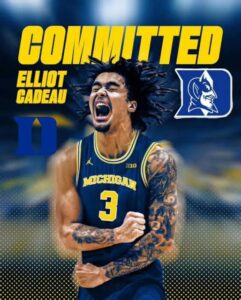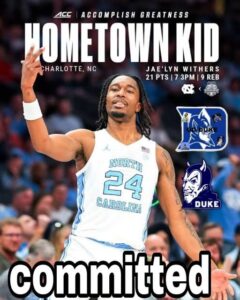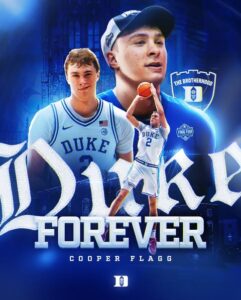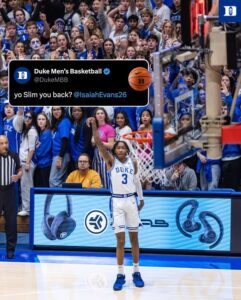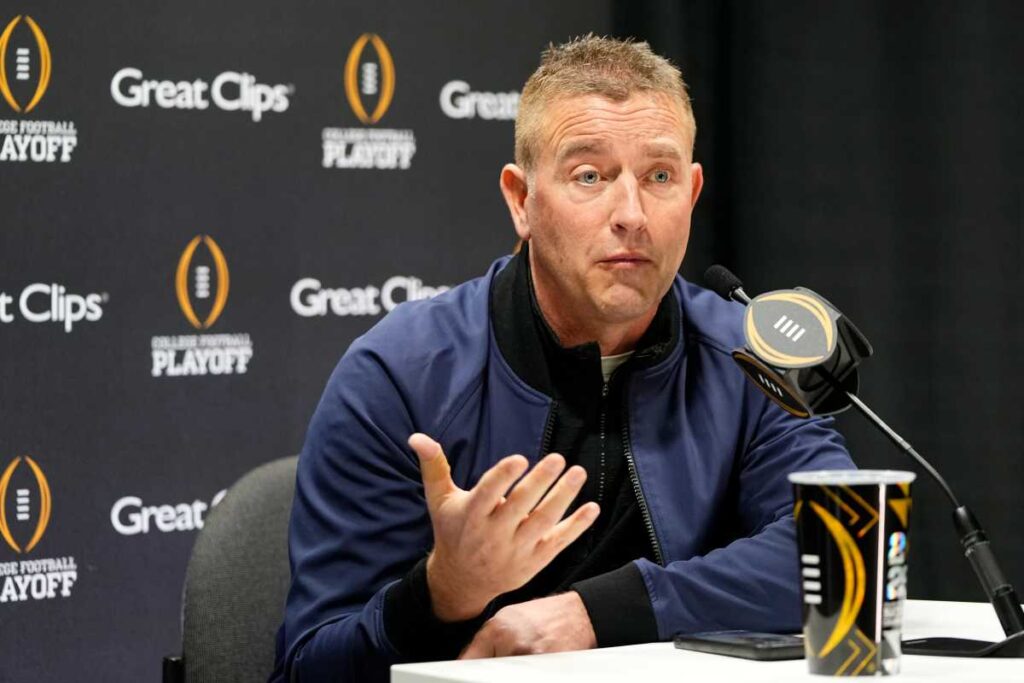
Kirk Herbstreit, a former Ohio State quarterback and current ESPN college football analyst, has long been a prominent figure in college football. Recently, he found himself at the center of a controversy that has sparked intense reactions from fans and commentators alike. The incident in question involves Herbstreit wearing Michigan gear, a move that has drawn criticism from Ohio State supporters and raised questions about loyalty and objectivity in sports commentary.
The Incident
The controversy began when a photo surfaced of Herbstreit wearing maize and blue attire, the colors of the University of Michigan, alongside his son Chase during a visit to the Michigan campus. Chase Herbstreit had recently committed to play football for the Wolverines, Michigan’s archrival to Ohio State. The image quickly went viral, with many fans expressing disbelief and disapproval.
Herbstreit, who has been a vocal supporter of Ohio State throughout his career, appeared to be showing support for his son’s decision. However, to many Ohio State fans, this gesture was seen as a betrayal, given the intense rivalry between the two programs.
Fan Reactions
The response from Ohio State fans was swift and overwhelmingly negative. Many took to social media to express their displeasure, with some accusing Herbstreit of disloyalty and questioning his commitment to the Buckeyes. One fan tweeted, “There’s no one who loves Ohio State more than me,” quoting Herbstreit, followed by a photo of him in Michigan gear, suggesting a contradiction between his words and actions.
However, not all reactions were critical. Some fans and commentators defended Herbstreit, emphasizing the importance of family support over sports rivalries. A Michigan fan commented, “Family is deeper than Football. Good Dad and actually a decent person,” highlighting the personal nature of the situation.
Herbstreit’s Response
In the wake of the backlash, Herbstreit addressed the situation publicly. He acknowledged the criticism but reiterated his commitment to his family. Herbstreit stated that while he understands the passion of college football fans, his primary responsibility is to support his children in their endeavors. He also clarified that the photo was taken during a personal family visit and was not intended to make a public statement about his allegiance to any particular team.
Despite his explanation, the incident has sparked a broader debate about the role of personal relationships in sports commentary. Some argue that Herbstreit’s position as a prominent analyst requires him to maintain a certain level of impartiality, while others believe that his actions reflect the human side of sports and the complexities of family dynamics.
The Bigger Picture
This controversy is not an isolated incident. Herbstreit has faced criticism from Ohio State fans in the past for his perceived objectivity. In 2011, he revealed that he was “driven from Columbus” by irate Buckeye fans who were upset with his balanced coverage of the team. This history adds another layer to the current situation, as it suggests a longstanding tension between Herbstreit and some segments of the Ohio State fanbase.
Furthermore, the incident underscores the challenges faced by analysts and commentators who have personal connections to the teams they cover. While many strive for objectivity, personal relationships can complicate this balance, leading to situations where actions taken in a personal context are scrutinized through a professional lens.
Kirk Herbstreit’s decision to wear Michigan gear in support of his son’s commitment has ignited a firestorm of criticism from Ohio State fans. While some defend his actions as a father’s support for his child, others view it as a betrayal of his alma mater. This controversy highlights the complexities of personal relationships in the world of sports commentary and raises questions about loyalty, objectivity, and the human side of the game.
As the debate continues, it serves as a reminder that, behind the analysis and commentary, there are individuals with personal lives and connections that can sometimes intersect with their professional roles. In the end, how fans and commentators navigate these intersections will shape the future of sports journalism and the relationships between analysts and the audiences they serve.
